Top 10 Training Tips to make you one Tough Mudder

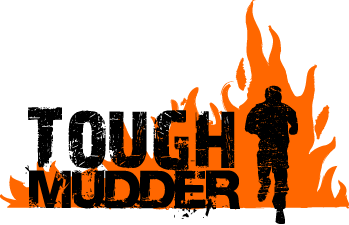 [dropcap]T[/dropcap]ough Mudder events are hardcore 10-12 mile (18-20 km) obstacle course challenges designed to test your all-around strength, stamina, mental grit and camaraderie. With the most innovative obstacles and over one million participants globally to date, Tough Mudder is the premier obstacle course series in the world.
[dropcap]T[/dropcap]ough Mudder events are hardcore 10-12 mile (18-20 km) obstacle course challenges designed to test your all-around strength, stamina, mental grit and camaraderie. With the most innovative obstacles and over one million participants globally to date, Tough Mudder is the premier obstacle course series in the world.
As per the Tough Mudder website:
"Tough Mudder is more than an event; it’s a way of thinking. It’s about pushing yourself to the limits and helping others to do the same. It’s not a race, it’s a challenge.
http://youtu.be/bjjVmtH22kg
[dropcap]I[/dropcap]f we timed you, what would be your motivation to stop and give someone a hand? When you run a Tough Mudder, you’ll meet new people and overcome challenges when you get through the course—together. Running a race gets you busted knees and a medal you’ll never wear again. At the end of a Tough Mudder, you get an orange headband to proudly wear to work on Monday morning, a pint, bragging rights and membership into Mudder Nation. And it gives you an excuse to get all your friends together and start a tradition."
So before you tape up your shoes and plastic-wrap your gloves, check out these...
Top 10 Training Tips to make you one Tough Mudder
Tip #1: Run
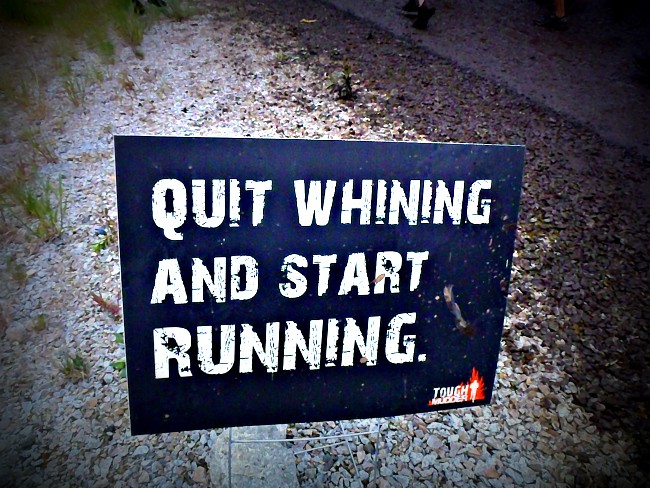 A Tough Mudder course is generally 18 to 20 kilometers of rugged mountainous terrain. With the goal of the event being coverage of the course while overcoming a variety of obstacles along the way, you will need to be confident that your legs will be able to go the distance. General run preparation doesn't have to be much, a good mix of short hard intervals coupled with some hill training and a gradual increase in distance and time on legs will make sure that you can confidently get yourself from obstacle to obstacle. [highlight] While there are no rules against walking, you will still want to be able to cover the distance comfortably and conserve energy and time for tackling the obstacles
[/highlight]. Make no mistake, there will be ruthless hill climbs and savage downhill’s and what will seem like at times, endless undulation, do your homework and get plenty of time on your feet in the months leading up to the event.
A Tough Mudder course is generally 18 to 20 kilometers of rugged mountainous terrain. With the goal of the event being coverage of the course while overcoming a variety of obstacles along the way, you will need to be confident that your legs will be able to go the distance. General run preparation doesn't have to be much, a good mix of short hard intervals coupled with some hill training and a gradual increase in distance and time on legs will make sure that you can confidently get yourself from obstacle to obstacle. [highlight] While there are no rules against walking, you will still want to be able to cover the distance comfortably and conserve energy and time for tackling the obstacles
[/highlight]. Make no mistake, there will be ruthless hill climbs and savage downhill’s and what will seem like at times, endless undulation, do your homework and get plenty of time on your feet in the months leading up to the event.Pro tip: Stuck on the running? Grab an introductory half marathon training plan off the runner’s world site to use as a guideline. Loosely follow the weekend long run schedule for 10 -12 weeks.
Tip #2: Shoes
If you don’t already own some, you will need to get a good pair of sturdy shoes. Look for a something that will hold up in the elements like a good pair of trail runners. Look for a shoe that has a harder sole (it should be firm to twist) as this will help protect your feet from jagged rocks and other mountain nasty’s. Also look for something that has a reinforced upper to offer protection to the rest of your foot. Get them early and make sure you do all your training in them. This way, if they don’t work for you or have the wrong fit, then you have plenty of time to change them and try something else. Finally, be ready to get them dirty and wet!

Pro tip: Lacking tread or concerned about grip with your chosen shoe? Create your own micro spikes by screwing in a few well-placed small wood screws into the soles of your shoes. The metal heads provide amazing traction on wet wooden surfaces and they can be removed easily after the event with minimal little damage.
Tip #3: Clothes
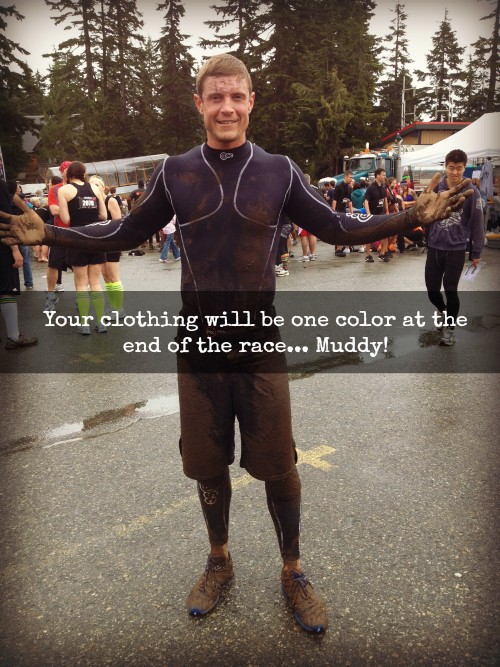 Again, you will need to train in gear like that you will be wearing on race day. No cotton here please. Wear only technical fabric and moisture wicking clothing. You will get wet on multiple occasions so you do not need to be wearing a fabric that will hold onto all the water. Wear layers for warmth and if you think you will overheat later in the day, wear an old top layer that you can ditch on course. Long sleeves, tights, tall (compression) socks and or knee sleeves all add a level of protection against the elements and/or obstacles, but again the common theme here is that if you want to wear it on race day, then make sure you train in it at least once before.
Again, you will need to train in gear like that you will be wearing on race day. No cotton here please. Wear only technical fabric and moisture wicking clothing. You will get wet on multiple occasions so you do not need to be wearing a fabric that will hold onto all the water. Wear layers for warmth and if you think you will overheat later in the day, wear an old top layer that you can ditch on course. Long sleeves, tights, tall (compression) socks and or knee sleeves all add a level of protection against the elements and/or obstacles, but again the common theme here is that if you want to wear it on race day, then make sure you train in it at least once before.Pro tip: Don’t own any technical shirts? Enter a local trail race or 5k. Most races include or offer up for purchase technical shirts as part of race kit and are perfect race attire. They are also great at intimidating other race participants with your previous race accomplishments!
Tip #4: Race
One of the best ways to train for any event or sport is to actually compete and complete. Build a shorter trail race, 10k or local Spartan race into your training a few weeks out to test out your gear and your fitness. Don’t push it too hard and risk injury, rather use the race as an opportunity to feel out your training and your chosen gear (shoes and clothing). It is also a great opportunity to get used to competing with other people in a race environment. And a bonus is you will likely walk away with a sweet event shirt you might even wear on your Tough Mudder.
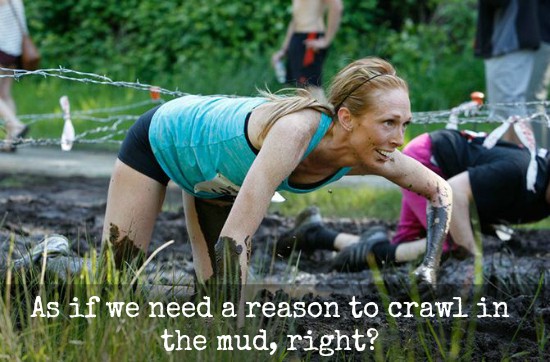
Pro tip: If you live in BC, the Coast Mountain Trail Series “Survival of the Fittest” in Squamish is the perfect training ground for tough Mudder Whistler as is the Spartan race on Mount Seymour.
Tip #5: Plan
The obstacles on the course are all very well documented on the internet so make the time to sit down with your team and talk about your strategy when you face each one. If everyone knows their part when the obstacles arise, you can seamlessly assume roles, adopt and implement strategies and overcome. Know what is coming, and have a basic idea of how you are going to handle it. Discuss your ideas and fears freely with all team members so there are no surprises come race day.
http://youtu.be/EJwKxwDxmWU
Pro tip: If you are afraid of heights or jumping, then facing "Walk the plank" could be terrifying and stop the team in its tracks. Planning in advance would see you at the local pool, on the diving board for practice so come race day you are doing cannon balls instead of gripping to the edge with fear.
Tip #6: Teamwork
Find a coach or appoint a leader and commit to meeting at least twice a week as a team. Get to know each other’s strengths and weaknesses and train both. Practice your team work in training so everything feels natural come race day. Get used to helping each other climb obstacles and get used to running in a group and at a pace that everyone can keep up. The fastest runners should only run at the pace of the slower runners.

Pro tip: Find each other’s motivators and come up with a team motto , chant or song that you can draw on when thing get challenging on course to help you unite and get through the bigger challenges.
Tip #7: Get off the road
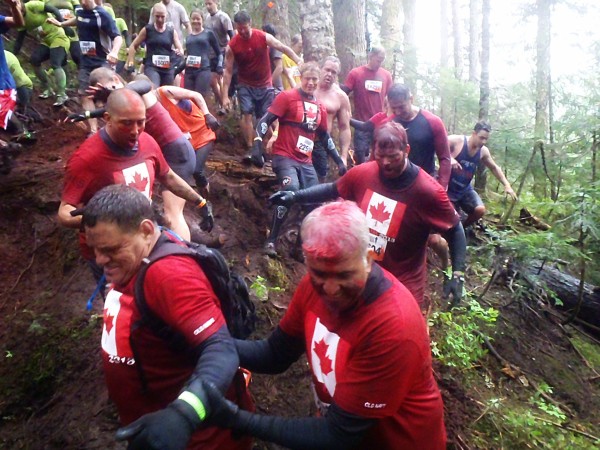 Much in the same vain as training in the gear you will be racing in you will want to train on similar terrain to what you will be racing on. Do all your running on the flat road and your body will revolt when you hit the trails and are faced with the first long climb to the “Artic Enema”. Run in the trails and find somewhere local to hike. Build hill repeats into your mid-week training and look to run longer more complex trail networks for longer outings on the weekend. Creek crossing? Don’t go around, go straight through and get used to having wet feet. Tough Mudder will be wet and it will be cold, so take the opportunity to train outside in the elements as much as possible. Don’t shy away from the rain, embrace the elements in training so there are no surprises on race day.
Much in the same vain as training in the gear you will be racing in you will want to train on similar terrain to what you will be racing on. Do all your running on the flat road and your body will revolt when you hit the trails and are faced with the first long climb to the “Artic Enema”. Run in the trails and find somewhere local to hike. Build hill repeats into your mid-week training and look to run longer more complex trail networks for longer outings on the weekend. Creek crossing? Don’t go around, go straight through and get used to having wet feet. Tough Mudder will be wet and it will be cold, so take the opportunity to train outside in the elements as much as possible. Don’t shy away from the rain, embrace the elements in training so there are no surprises on race day.Pro tip: If you are running on trails there will be hills. Find a good spot that takes 1-3 minutes to climb and use it for repeats. Push uncomfortably hard on the way up and recover on the way back down. Start off with a couple of repeats and add in 1 or 2 more every couple of weeks to build endurance and strength on the trails.
Tip #8: Cross train
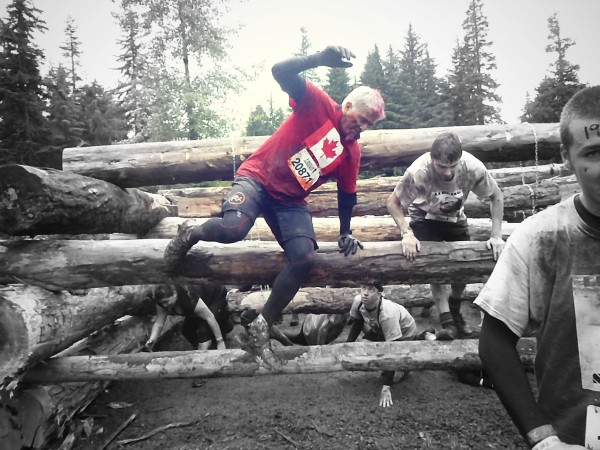 When you hit the obstacles, you will need to draw on not only your game plan, but also you functional strength and cross training. Dong Dangle, Funky Monkey and Hanging Tough will all test your grip strength. Trench warfare, Underwater Tunnels and Kiss the Mud will all see you on your belly crawling military style. Dirty Ballerina and Ladder to Hell will test your balance, while the Berlin wall, King of the Mountain and Cliff Hanger will all test you climbing ability. A well-rounded cross training program will help build the strength and skills to confidently handle these challenges.
When you hit the obstacles, you will need to draw on not only your game plan, but also you functional strength and cross training. Dong Dangle, Funky Monkey and Hanging Tough will all test your grip strength. Trench warfare, Underwater Tunnels and Kiss the Mud will all see you on your belly crawling military style. Dirty Ballerina and Ladder to Hell will test your balance, while the Berlin wall, King of the Mountain and Cliff Hanger will all test you climbing ability. A well-rounded cross training program will help build the strength and skills to confidently handle these challenges.Pro tip: Push ups and planks will help with being in the prone crawling position while variations of pull-ups (jumping, assisted and strict) will help with your grip and train you for the Funky Monkey.
Tip #9: Visualise
Use your time in training to visualise how things will play out on course. Suffering on a hill climb? Then see yourself on race day feeling the same way and push harder in training to ease the pain come race day. Cold and wet on a training run? Visualise yourself crawling out of the “Artic Enema” faced with 2km of uphill running before diving back in the muddy water of the “Electric Eel”. Most importantly when training gets tough, see yourself and your team crossing the finish line, months of hard work behind you and the satisfaction of completing one of the world’s more challenging obstacle races.
Pro tip: Verbalise your visualizations with the team in training to get everyone on board and re-create the race environment.
Tip #10: Smile and have fun!
Enjoy the process, train hard and train with purpose and have a great time doing so. As much as the race is an accomplishment in itself, there is much to be said around the process of training. The physical strength and emotional bonds formed in the months and weeks leading up to an event is what will carry you from start to finish. Simply put, training is your study and the race is your exam. The harder you study, the better the result.
http://youtu.be/xUndL7N8w3A
Finally, remember you do not win Tough Mudder by coming first. You win Tough Mudder by lining up in the morning, trained, excited and surrounded by your friends and team mates. You win by working hard, supporting your team and helping strangers battle what could be some of the most challenging physical obstacles they have seen. You win by crossing the finish line as a team with a massive smile on your face, dirt in your teeth and blood on your knees. On race day don’t forget to high 5 strangers and encourage everyone. Enjoy the shared experience and see how many new friends you can make.
[divider]
About the Author:
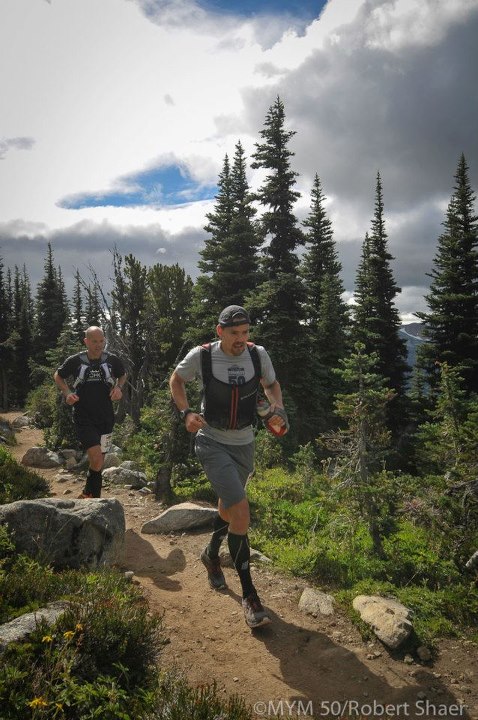 Chris Price is a CrossFit Level 1 Trainer and CrossFit Endurance Coach who is a passionate ultra-distance trail runner. He has competed in many events over the past years, including road races, multi-sport adventure races and many 50 km and 50 mile trail races.
Chris Price is a CrossFit Level 1 Trainer and CrossFit Endurance Coach who is a passionate ultra-distance trail runner. He has competed in many events over the past years, including road races, multi-sport adventure races and many 50 km and 50 mile trail races.This spring, Chris has partnered with Studeo55 , Vancouver’s premier health club, to offer a Tough Mudder Conditioning program for all levels of athletes. The program is designed to build the strength and endurance to not only complete the Whistler Tough Mudder, but more importantly to have FUN while doing it. Chris’s program runs for 10 weeks and includes 20 coached sessions in a group format in various locations in and around Stanley Park, Vancouver BC. Sessions run Wednesday evenings at 6pm and Sunday mornings at 9am. Registrations for this program will be capped to ensure quality of coaching and space will be on a first come first served basis.
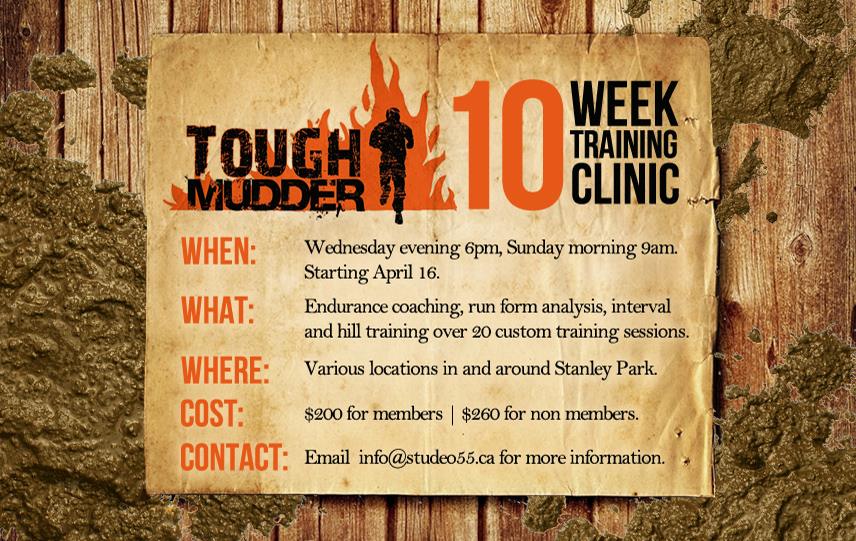
Please email info@studeo55.ca to secure your place in this unique program.
More info about Chris Price and f or personal coaching enquiries, email Chris here.




































































































